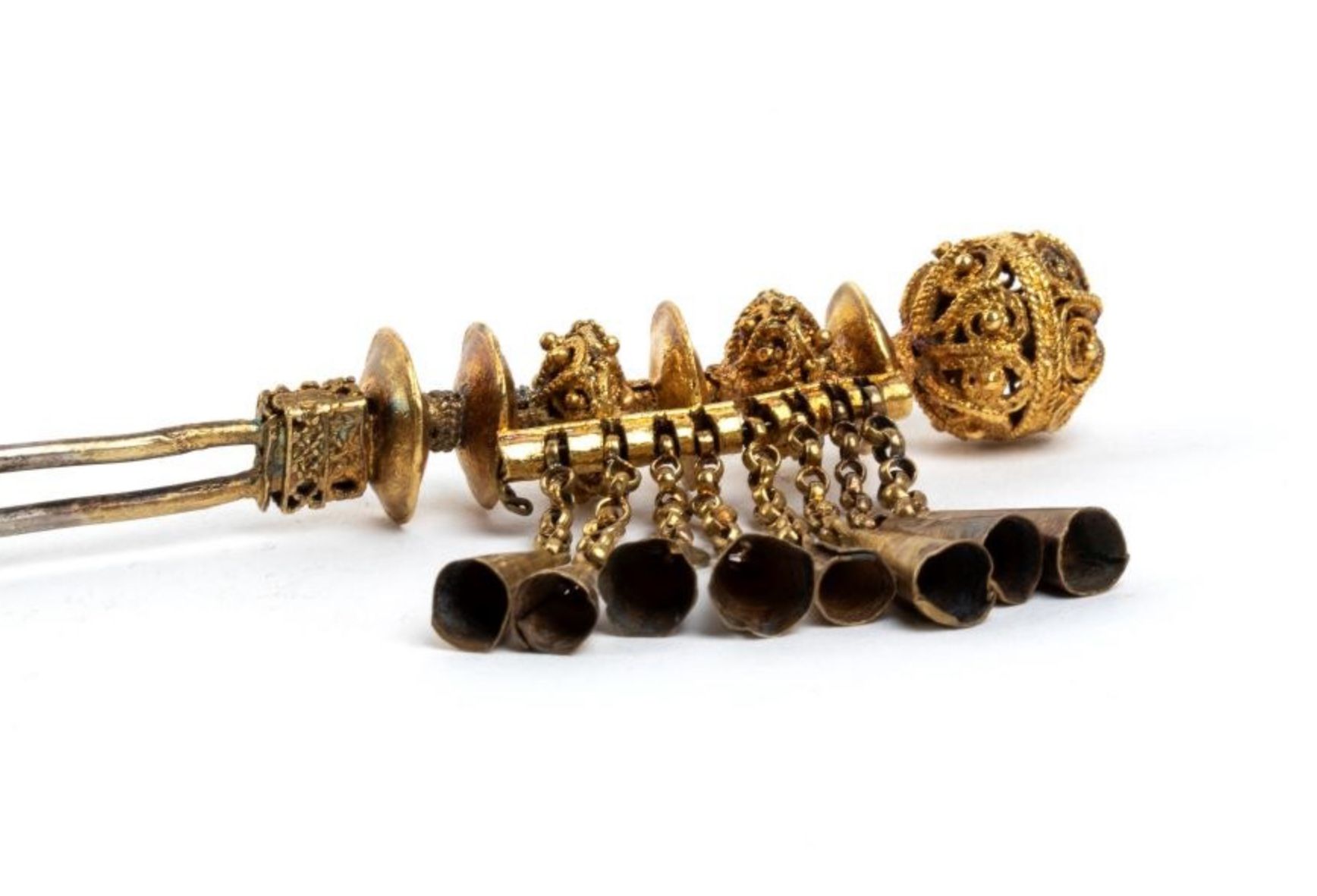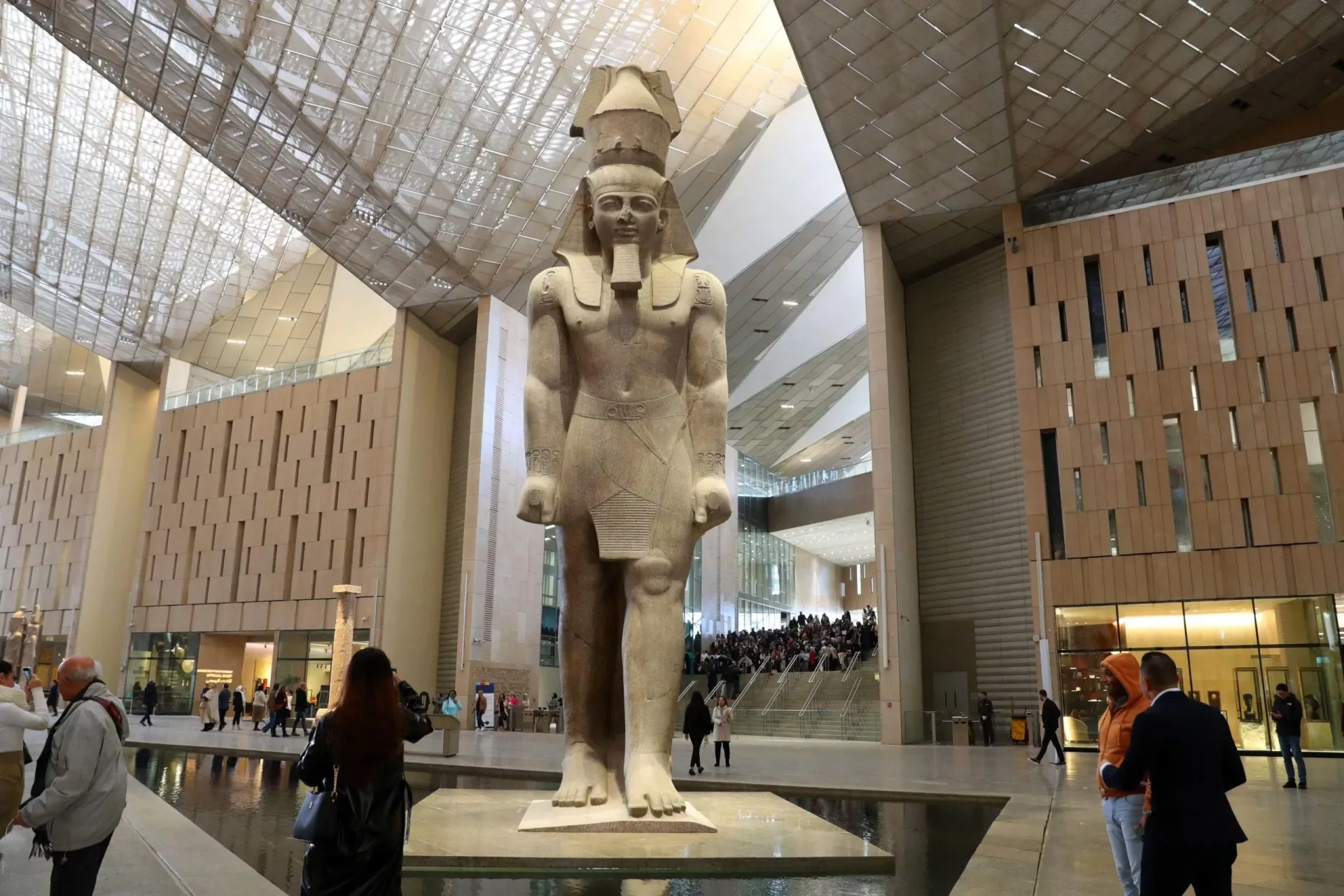Cultural Restitution
SHARE ARTICLE
Glasgow City Council’s return of human skulls collected from North Queensland, Australia was achieved with speed and minimal fuss. There were no legislative constraints and no requirements for a change to museum policies or procedures.
In a memorandum prepared for a House of Commons Select Committee in April 2000, the Council stated they felt it was a responsible course of action to respond in a positive and sensitive way to a repatriation request made on behalf of an indigenous community.
The entire process took just two months. In June 1990 an enquiry whether the Kelvingrove Art Gallery and Museum held any Australian Aboriginal human remains revealed two complete skulls and three other fragments of human skulls. Based on the Aboriginal belief, submitted to the Council by June Lesley Fogarty, Director of the Aboriginal Arts Unit, that “the dead must be returned to Mother Earth where the spirit becomes one with the land and the people themselves”, the Museum’s own professionals didn’t hesitate to recommend their return.
The four reasons given by Glasgow City Council to justify repatriation were: a respect for Australian Aboriginal beliefs; a confirmation these remains held no scientific value; their illicit removal had been based on ‘curiosity’ rather than scientific investigation; and the existence of multiple precedents for returning human remains to their original communities by other UK institutions.
The Council’s Arts and Culture Committee agreed the return in August 1990.
Photo: Kelvingrove Art Gallery and Museum
Courtesy of Kamyq from Pixabay
More News



